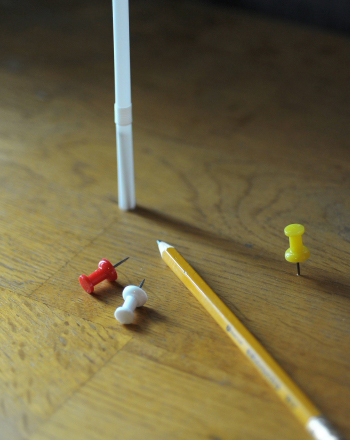
Cargando...
Was kann ich tun?
224326 materialEducativo
textoFiltroFichatipo de documento Physik - Experiment/Praxis
Über diese Ressource...

Have you ever noticed how the Sun moves across the sky during the day? It rises in the East and reaches its highest point in the sky around lunchtime. Then, it descends, setting in the West. Although it is hard to believe, it is actually we on Earth who are travelling—not the Sun!The Sun sits in the middle of our solar system. Our Earth revolves, or orbits, around the sun. That means the Earth orbits around the Sun. It takes one full year for the Earth to go around the Sun once. The Earth also rotates, or spins around. It takes one full day for the Earth to rotate around once. The parts of the Earth facing the sun experience day, and the parts of the Earth facing away from the Sun experience night. It’s because of this rotation that the Sun appears to travel across the sky.People didn’t always have watches or (or cell phones) to tell what time it was. Thousands of years ago, early civilizations invented sundials, devices which use the apparent movement of the Sun to determine how much time has passed. In this activity, you will construct a sundial and revisit it throughout the year to see how the revolution of the Earth affects what time the sundial shows.
It is an educational content by education.com.
By clicking on the title of this resource, you will be redirected to the content. If you want to download the project, you just have to join the website, which now is for FREE.
Exklusive Inhalte für Mitglieder von

Mira un ejemplo de lo que te pierdes
Autores:
Kategorien:
Tags:
Fecha publicación: 12.5.2016
Die Originallizenz der Ressource wird respektiert.
Möchtest du einen Kommentar abgeben? Registriere dich oder inicia sesión
Si ya eres usuario, Inicia sesión
Add to Didactalia Arrastra el botón a la barra de marcadores del navegador y comparte tus contenidos preferidos. Más info...
Kommentieren
0